Sea lettuce reproduces easily and grows quickly, making it a candidate for aquaculture expansion
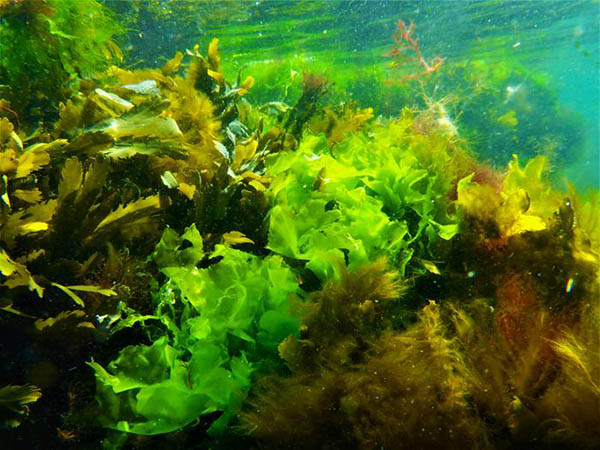
The number of species of the green alga sea lettuce in the Baltic Sea region and Skagerak is much larger than what was previously known, according to a new study. Researchers at the University of Gothenburg have surveyed 10,000 kilometers (6,213 miles) of coast and found twenty species of sea lettuce.
Green macroalgae of the genus Ulva, also known as sea lettuce, are almost ubiquitous in the wider Baltic Sea region and can be found from the Atlantic waters all the way up to the Bay of Bothnia in the Baltic Sea. Sea lettuce reproduces easily and grows quickly, which makes it interesting for an expanding aquaculture industry. Research is ongoing both in Sweden and abroad for utilizing sea lettuce in the food industry and for different biochemical applications.
There are multiple species, but until now, it has not been previously known how many there are with only a handful identified.
“We have studied the biological diversity of the Baltic Sea, Kattegatt and Skagerak by taking a large number of samples from sea lettuce that we have then conducted DNA analysis of,” said Sophie Steinhagen, a researcher at Tjärnö Marine Laboratory. “We found 20 unique species and subspecies. Three of these are invasive species that have found their way here in various ways.”
The researchers also found new species of sea lettuce in Swedish waters that have not previously been described scientifically. Some of these appear to only grow in the Baltic Sea.
The importance of this survey is significant. Growing sea lettuce as a food source is a rapidly increasing industry, and foreign species risk being spread through simple ignorance. To maintain and protect valuable ecosystems along the coasts, the researchers say it’s essential to know which species grow there and to not introduce new species that risk out-competing the native species.
20,000 lettuces under the sea: Could underwater agriculture be the future of farming?
“Our study shows that today’s method of identifying species, which is often done by looking at the appearance of green algae, is insufficient for identifying the distribution of the various species,” said Steinhagen. “We have not been able to see the real extent of the biological diversity.”
The inventory discovered many new species, information that can be valuable when cultivation of sea lettuces is initiated in new places along the coast. It is important to grow the right species at the right place to avoid the risk of impacting diversity.
“This new knowledge allows us to develop methods for maintaining the unique sea lettuce species along a specific coast,” said Steinhagen. “Our survey can also help when writing regulations related to invasive species that should not be used in aquaculture if it is to be sustainable.”
Follow the Advocate on Twitter @GSA_Advocate
Now that you've reached the end of the article ...
… please consider supporting GSA’s mission to advance responsible seafood practices through education, advocacy and third-party assurances. The Advocate aims to document the evolution of responsible seafood practices and share the expansive knowledge of our vast network of contributors.
By becoming a Global Seafood Alliance member, you’re ensuring that all of the pre-competitive work we do through member benefits, resources and events can continue. Individual membership costs just $50 a year.
Not a GSA member? Join us.
Author
Tagged With
Related Posts
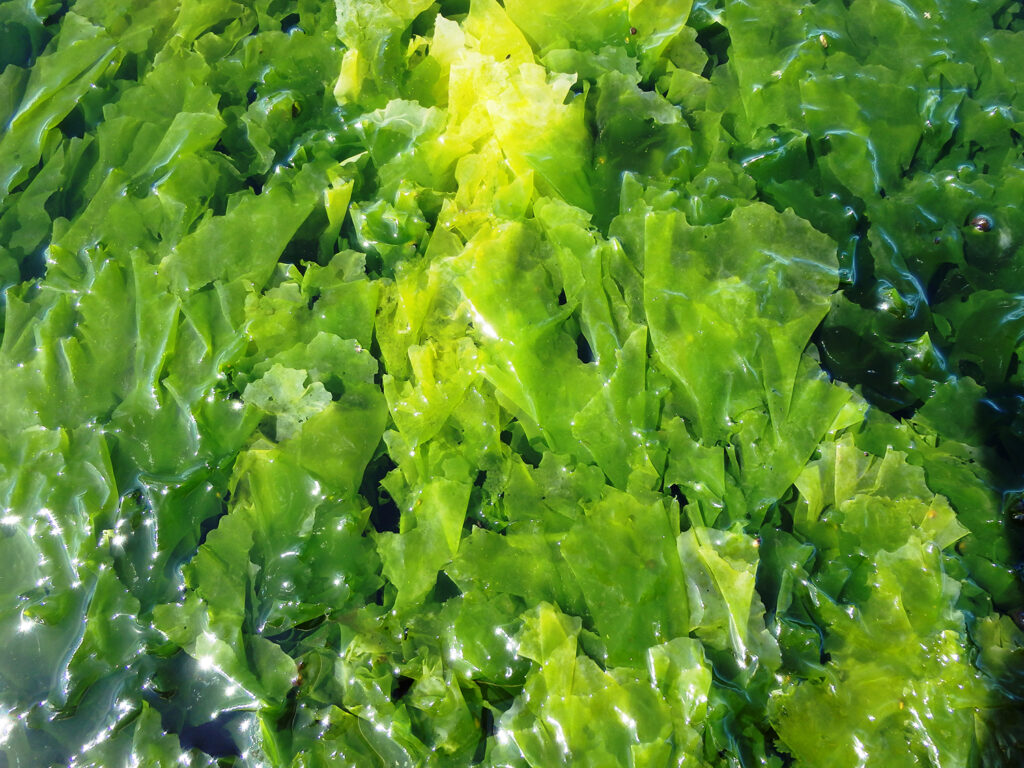
Responsibility
From smolt wastewater to algae production: an economic approach on aquaponic production
In the next article from the GAIN project, producing algae from smolt wastewater can increase salmon farms’ profits and maximize nutrient use.
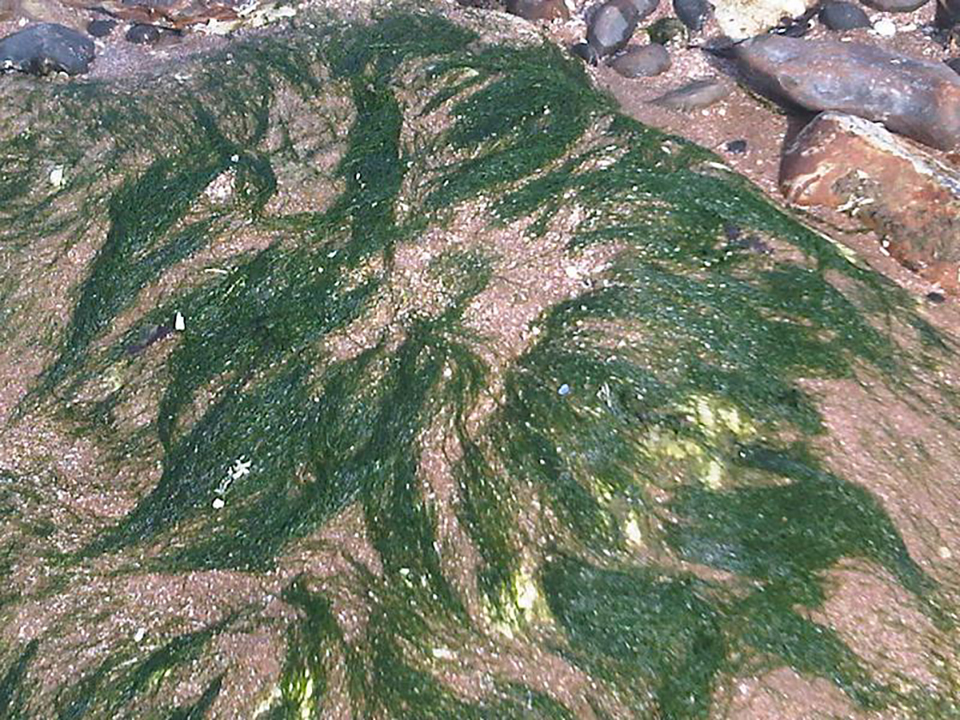
Responsibility
Land-based drip-irrigated culture of sea lettuce
A laboratory prototype methodology was developed for cost-effective, water-sparing drip-irrigation of seaweeds as a model for larger-scale land-based units.
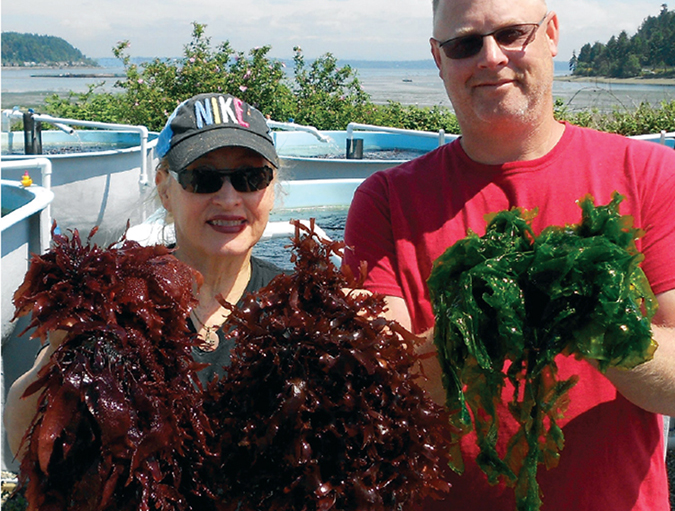
Intelligence
Land-based macroalgae farming
Land-based cultivation of macroalgae can minimize impacts on wild macroalgae stocks while reducing harvest costs and controlling quality. Integration of macroalgae with land-based fish culture systems could reduce capital and operating costs.
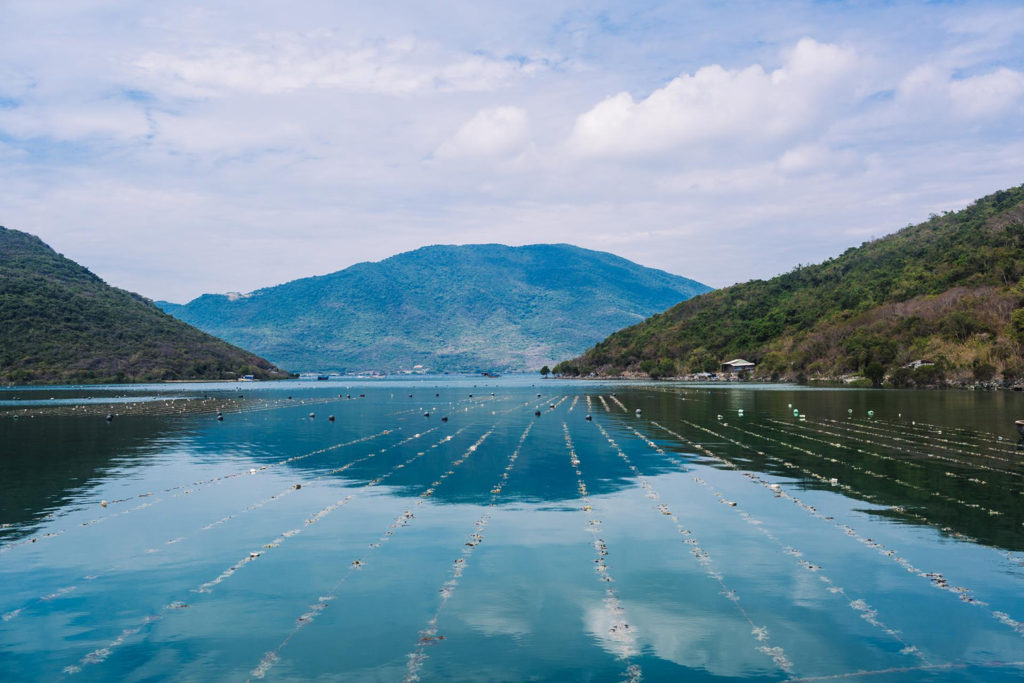
Responsibility
Beefing up seaweed production to green up beef
Josh Goldman is on a mission to reproduce asparagopsis, a tropical seaweed that could have a significant impact on global greenhouse gas emissions.



